NYMPHAECAEA: A BIO-REMEDIATION SOLUTION TO METHANE RELEASE DUE TO PERMAFROST MELT
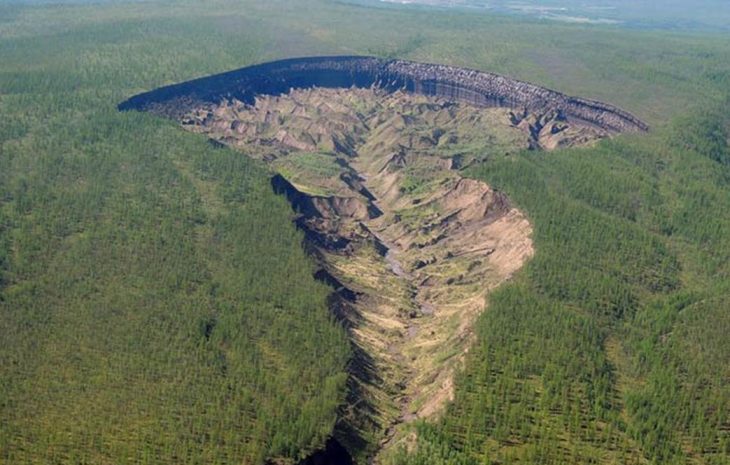
Batagaika Crater, Siberia
Permafrost melt is an environmental ticking time bomb that could result in catastrophe within the lifespan of the present generation or the next. Nymphaecaea seeks to serve as markers of the areas of methane release on thermokarst lakes in Siberia, Alaska and other permafrost regions due to permafrost melt, through its inflatable/deflatable mechanism.
Moreover it proposes a method to use this methane trapped within its inflatable dome like structure to oxygen by the use of bacteria and sphagnum moss (Bioremediation).
PERMAFROST:
An area of land that is permanently frozen below the surface. Permafrost comprises 24% of the land in the Northern Hemisphere, and stores massive amounts of carbon. As a result of climate change, permafrost is at risk of melting, releasing the stored carbon in the form of carbon dioxide and methane, which are powerful heat-trapping gases.
Types of permafrost cover:
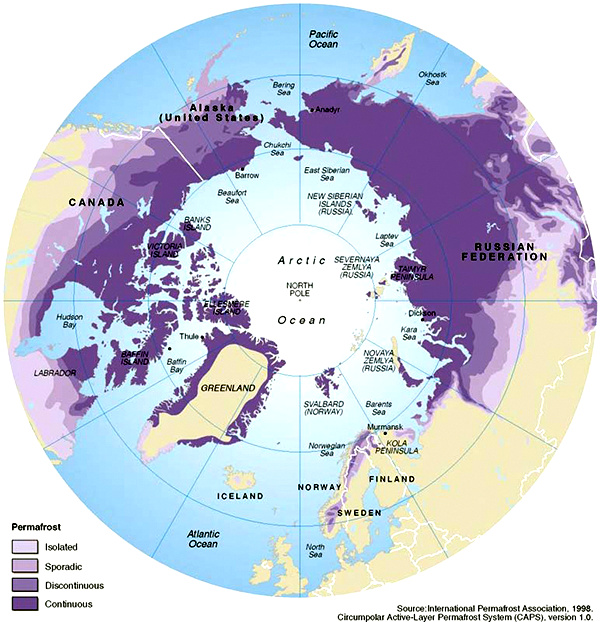
Distribution of different types of permafrost
Discontinuous: Occurs at mean annual soil surface temperature is between -5 and 0 °C
Sporadic: Occurs at mean annual temperatures between 0 and -2 °C
Continuous: Occurs at mean annual soil surface temperatures below -5 °C
Because permafrost soils remain frozen for long periods of time, they store large amounts of carbon and other nutrients within their frozen framework during that time.
Permafrost represents a large carbon reservoir that is seldom considered when determining global terrestrial carbon reservoirs.
Preliminary computer analyses suggest that permafrost could produce carbon equal to 15 percent or so of today’s emissions from human activities.
SITE:
THERMOKARST:
A landform that results when ground ice (ice-rich permafrost) melts. The melting leaves small, marshy hollows and hummocks in the land as the ground settles unevenly.
thermokarst lake:
A (usually shallow) body of water found in a depression within a thermokarst landform. The water is from thawed permafrost. If the permafrost continues to thaw the lake may drain away, leaving a depression.
The device can be implemented in the THERMOKARST LAKES IN PERMAFROST THAW REGIONS OF CANADA, SIBERIA AND ALASKA
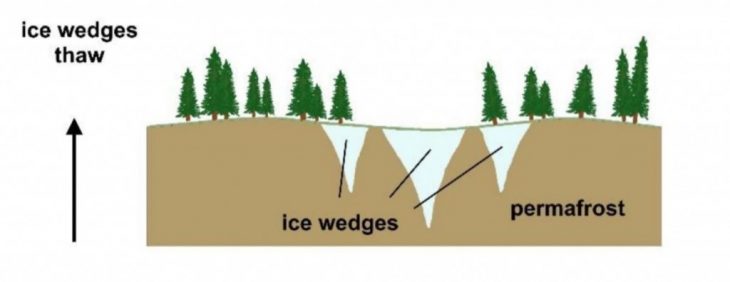
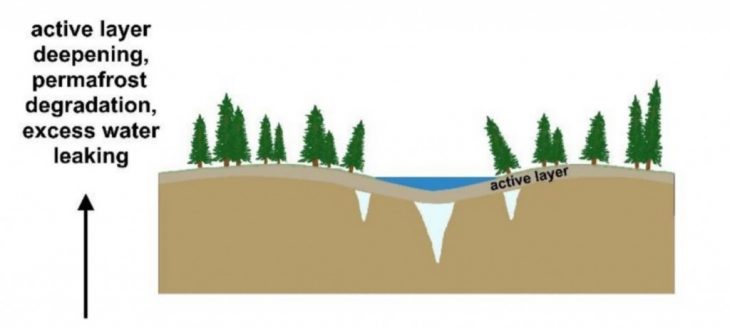
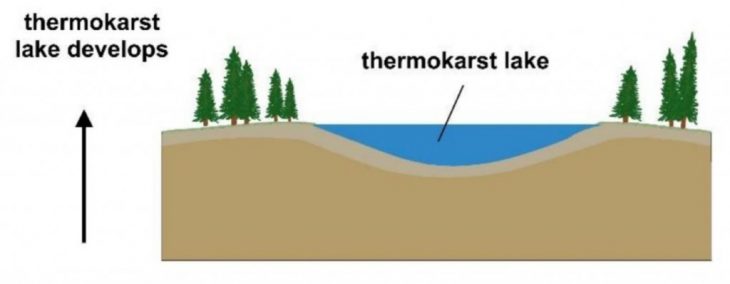
CONCEPT:
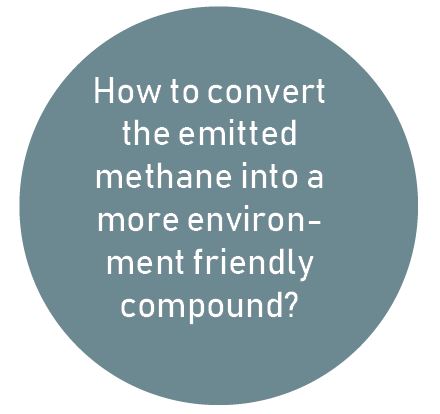



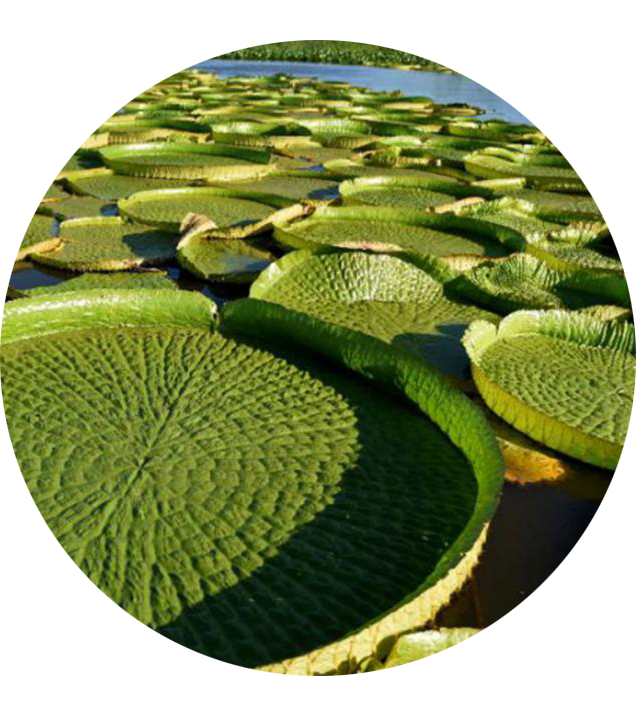
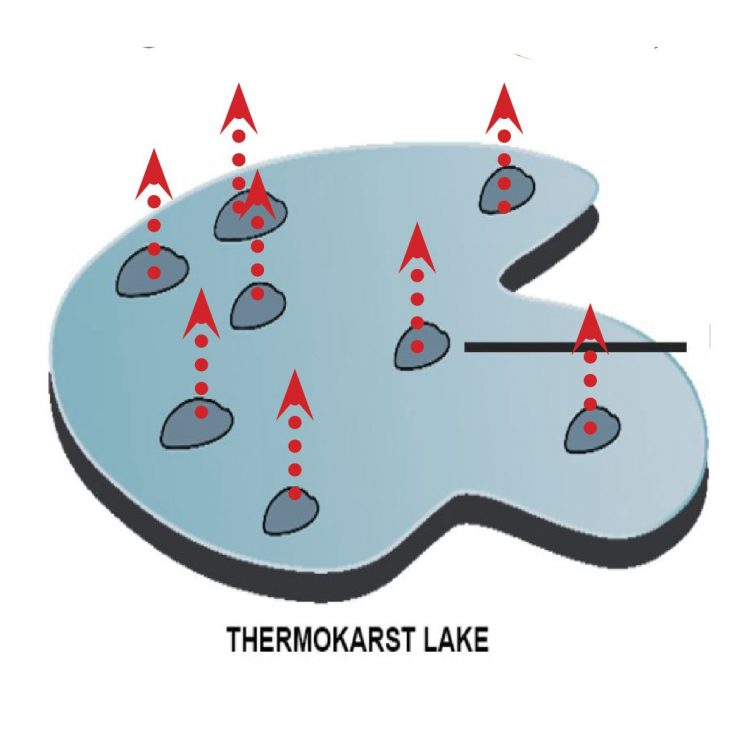
Inspired by the lily pads (Nymphaecae) in nature, we proposed a kind of MAN MADE METHANE ABSORBING PODS THAT CAN BE CLUSTERED TOGETHER.
The aim was to design a device that would serve the following purposes:
A) Act as a marker for sites of methane release on the thermokarst lakes which would make it easier for scientists ecologists and other specialists looking into the phenomenon.
B) Utilize the methane in a process that converts it into more environment friendly by products.
METABOLIC DIAGRAM:
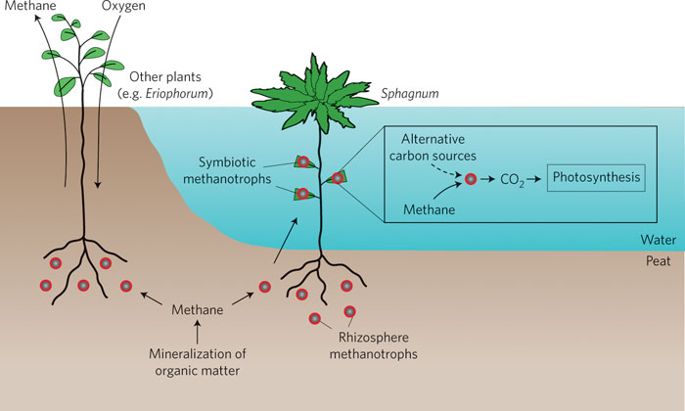
Methanotrophic bacteria and sphagnum moss symbiotic relationship
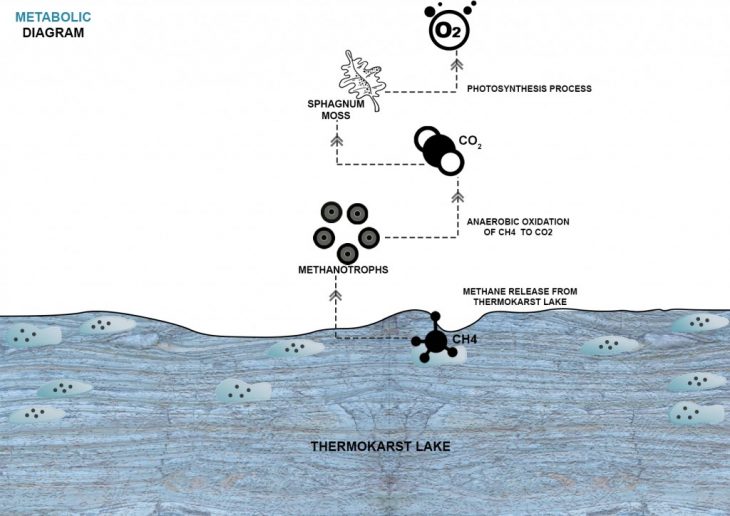
Metabilic diagram showing absorption of methane by methanotrophic bacteria, conversion into CO2 and utilization by sphagnum moss in photosynthesis to release oxygen
AXONOMETRIC DIAGRAM:

Axonometric diagram of the device
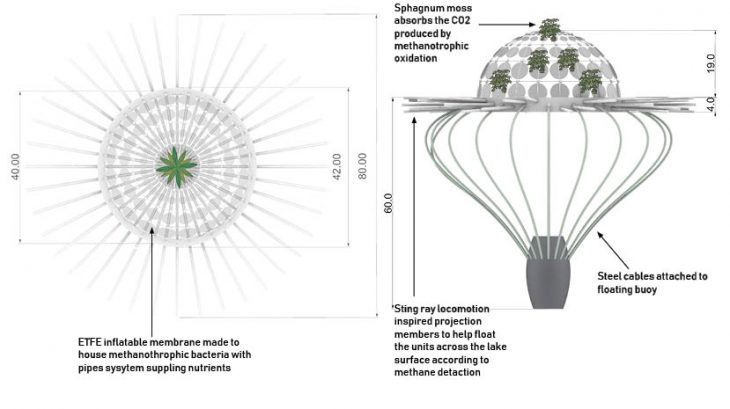

Visualization
Project developed as part of Self-Sufficient Buildings research line in Master of Advanced Architecture 2018-19 at IAAC.
Students: Gayathry Mohan, Karisma Heman Bhagnani
Tutors: Mireia Luzarraga, Alejandro Muiño, Josep Perelló, Enric Ruiz Geli
Assistant tutors: Francois Nour, Mohamad Rachid Jalloul